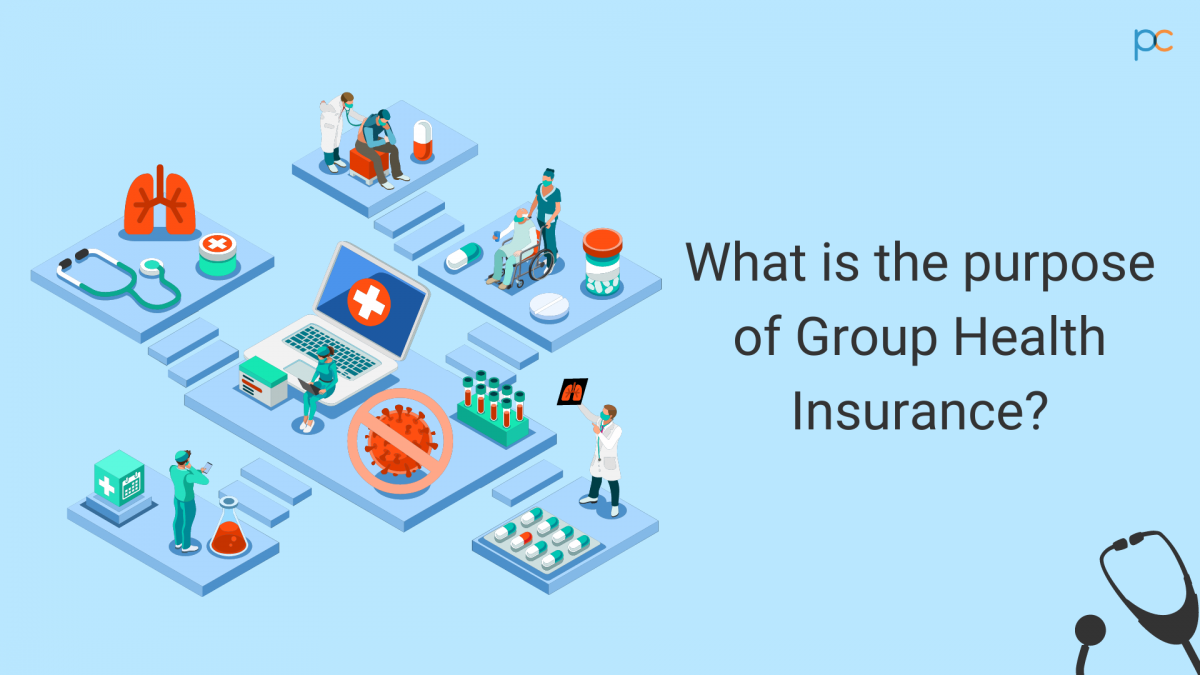Pacific Prime Things To Know Before You Buy
Pacific Prime Things To Know Before You Buy
Blog Article
The Pacific Prime PDFs
Table of ContentsThe Pacific Prime PDFsThe Basic Principles Of Pacific Prime Pacific Prime - QuestionsThe Buzz on Pacific PrimePacific Prime Fundamentals Explained

This is due to the fact that the data were gathered for a period of strong financial performance. Of the approximated 42 million individuals that were without insurance, all however regarding 420,000 (about 1 percent) were under 65 years of age, the age at which most Americans come to be qualified for Medicare; 32 million were adults in between ages 18 and 65, around 19 percent of all grownups in this age; and 10 million were children under 18 years old, concerning 13.9 percent of all kids (Mills, 2000).
These price quotes of the variety of individuals without insurance are generated from the yearly March Supplement to the Current Population Study (CPS), performed by the Census Bureau. Unless otherwise kept in mind, national estimates of individuals without health insurance and percentages of the populace with different type of coverage are based on the CPS, one of the most commonly used resource of quotes of insurance policy coverage and uninsurance rates.
Excitement About Pacific Prime

Still, the CPS is specifically helpful due to the fact that it produces annual quotes fairly rapidly, reporting the previous year's insurance protection estimates each September, and due to the fact that it is the basis for a consistent collection of quotes for more than twenty years, permitting for evaluation of fads in insurance coverage gradually. For these factors, as well as the extensive usage of the CPS in other research studies of insurance policy protection that are presented in this report, we depend on CPS estimates, with constraints noted.

The price quote of the variety of uninsured people expands when a populace's insurance status is tracked for numerous years. Over a three-year duration beginning early in 1993, 72 million individuals, 29 percent of the united state populace, lacked coverage for at least one month. Within a single year (1994 ), 53 million people experienced at the very least a month without protection (Bennefield, 1998a)
6 out of every 10 uninsured adults are themselves utilized. Although working does boost the probability that and one's relative will certainly have insurance, it is not a guarantee. Even members of households with 2 full-time wage earners have nearly a one-in-ten opportunity of being without insurance (9.1 percent without insurance rate) (Hoffman and Pohl, 2000).
Pacific Prime Can Be Fun For Anyone
New immigrants make up a considerable proportion of people without medical insurance. One analysis has attributed a considerable part of the recent growth in the size of the U.S. uninsured populace to immigrants who got here in the country between 1994 and 1998 (Camarota and Edwards, 2000). Recent immigrants (those that pertained to the United States within the past 4 years) do have a high rate of being without insurance (46 percent), but they and their children represent just 6 percent of those without insurance country wide (Holahan et al., 2001).
The relationship between medical insurance and accessibility to care is well developed, as recorded later in this phase. Although the connection in between medical insurance and health and wellness results is neither straight neither straightforward, a comprehensive clinical and health solutions research literature links medical insurance coverage to improved accessibility to care, much better top quality, and improved personal and populace health and wellness standing.
Levels of analysis for taking a look at the impacts of uninsurance. This conversation of wellness insurance protection concentrates mostly on the U.S. populace under age 65 due to the fact that practically all Americans 65 and older have Medicare or other public insurance coverage. Moreover, it concentrates especially on those with no health and wellness insurance policy for any size of time.
Some Known Details About Pacific Prime
The troubles encountered by the underinsured remain in some respects comparable to those faced by the uninsured, although they are usually less serious. expat insurance. Uninsurance and underinsurance, nonetheless, entail distinctly various policy issues, and the approaches for resolving them might vary. Throughout this research study and the five reports to follow, the main emphasis is on individuals without any medical insurance and thus no assistance in spending for healthcare beyond what is readily available with charity and security web organizations
Medical insurance is a powerful factor impacting receipt of care since both clients and medical professionals react to the out-of-pocket rate of services - https://experiment.com/users/pacificpr1me. Medical insurance, however, is neither required nor adequate to get to medical services. The independent and straight effect of health and wellness insurance coverage on accessibility to health and wellness services is well established.
Others websites will get the healthcare they require also without medical insurance, by spending for it out of pocket or seeking it from suppliers who provide care free or at very subsidized prices. For still others, medical insurance alone does not ensure invoice of treatment due to various other nonfinancial barriers, such as a lack of healthcare companies in their community, limited accessibility to transportation, illiteracy, or linguistic and cultural differences.
The Definitive Guide for Pacific Prime
Official research about uninsured populations in the USA dates to the late 1920s and early 1930s when the Committee on the Cost of Treatment produced a series of records about financing medical professional workplace brows through and hospitalizations. This problem came to be significant as the varieties of clinically indigent climbed throughout the Great Anxiety.
Report this page